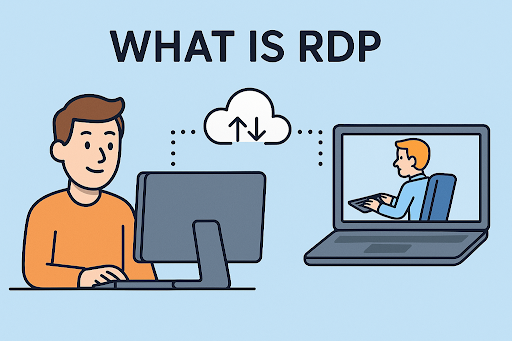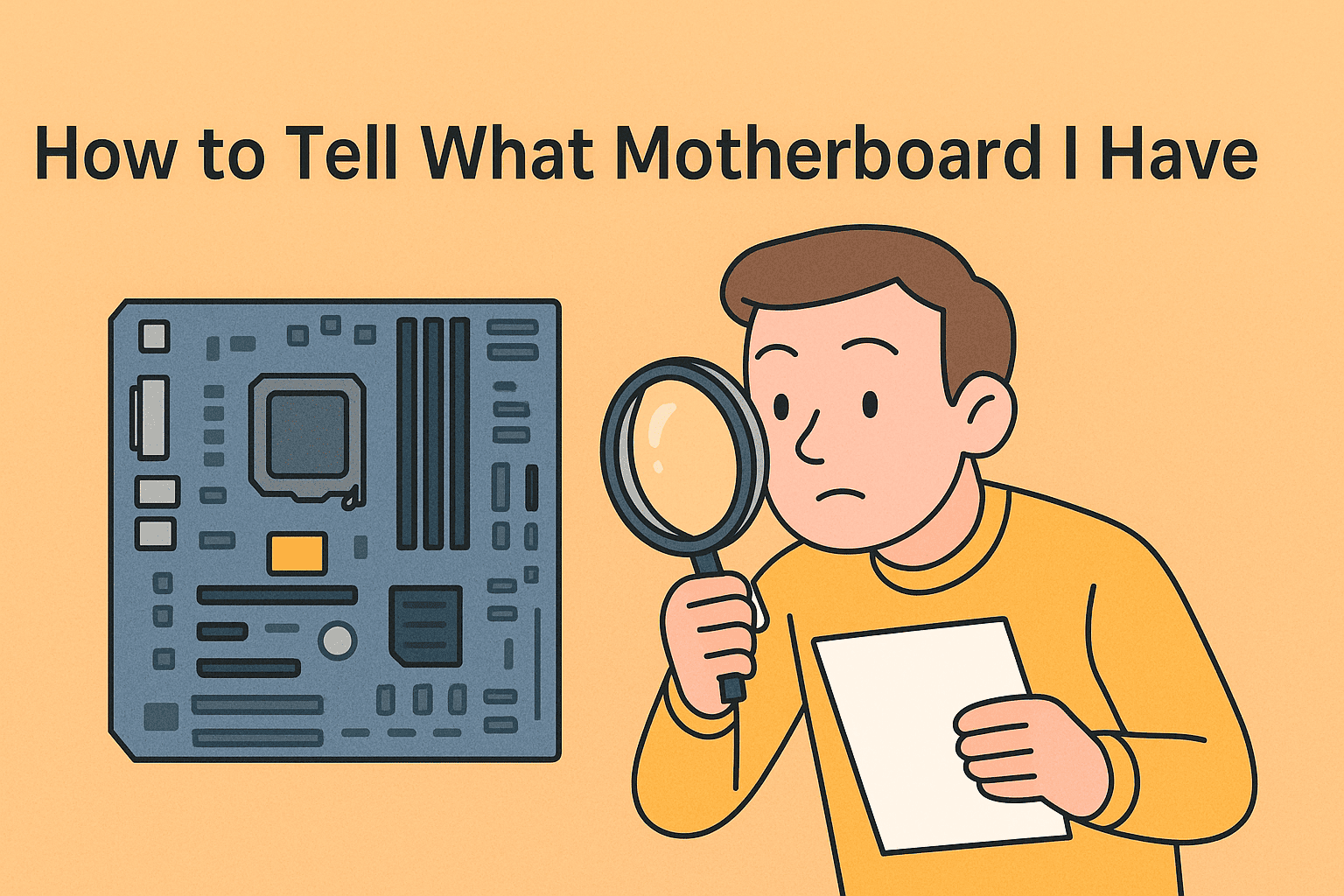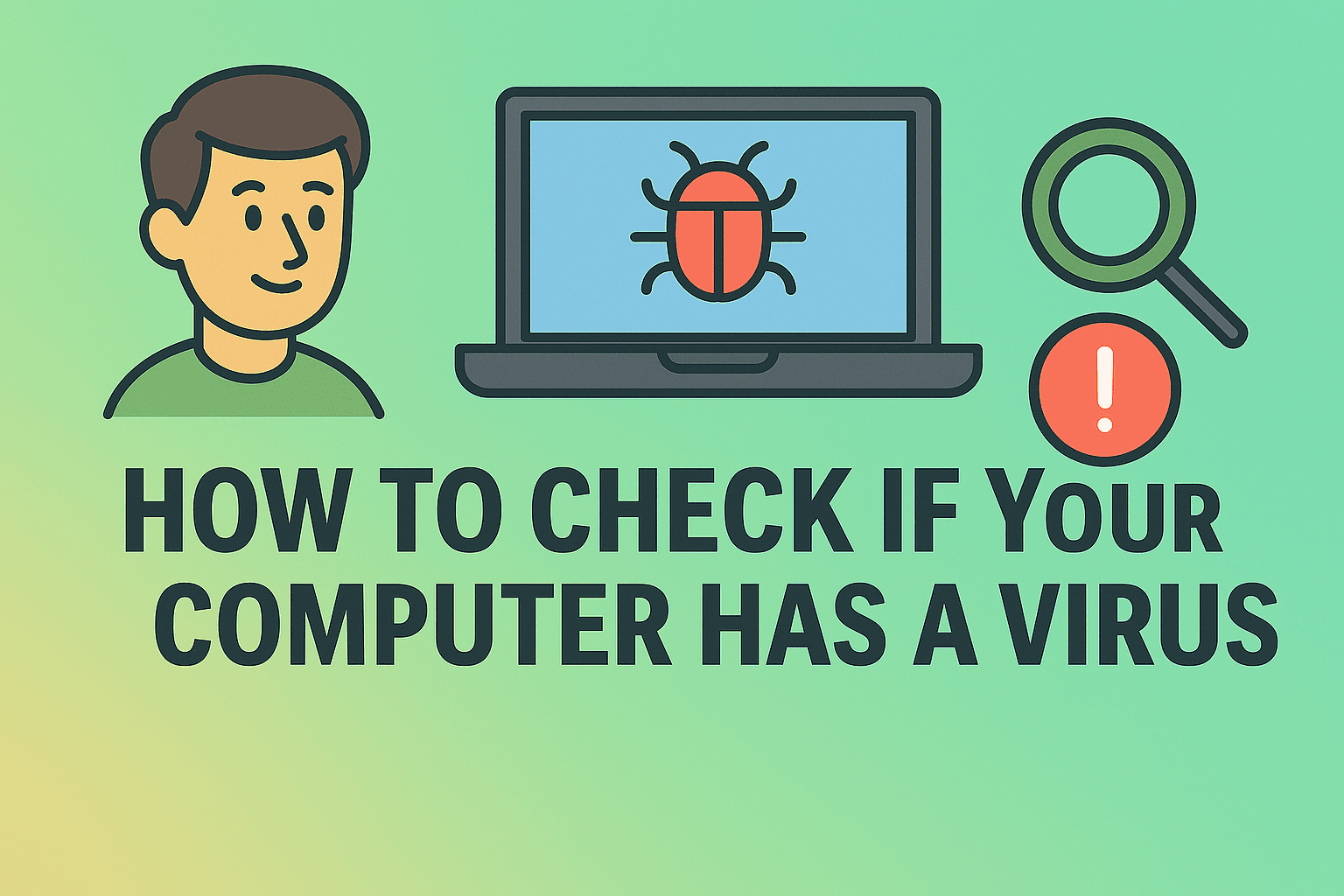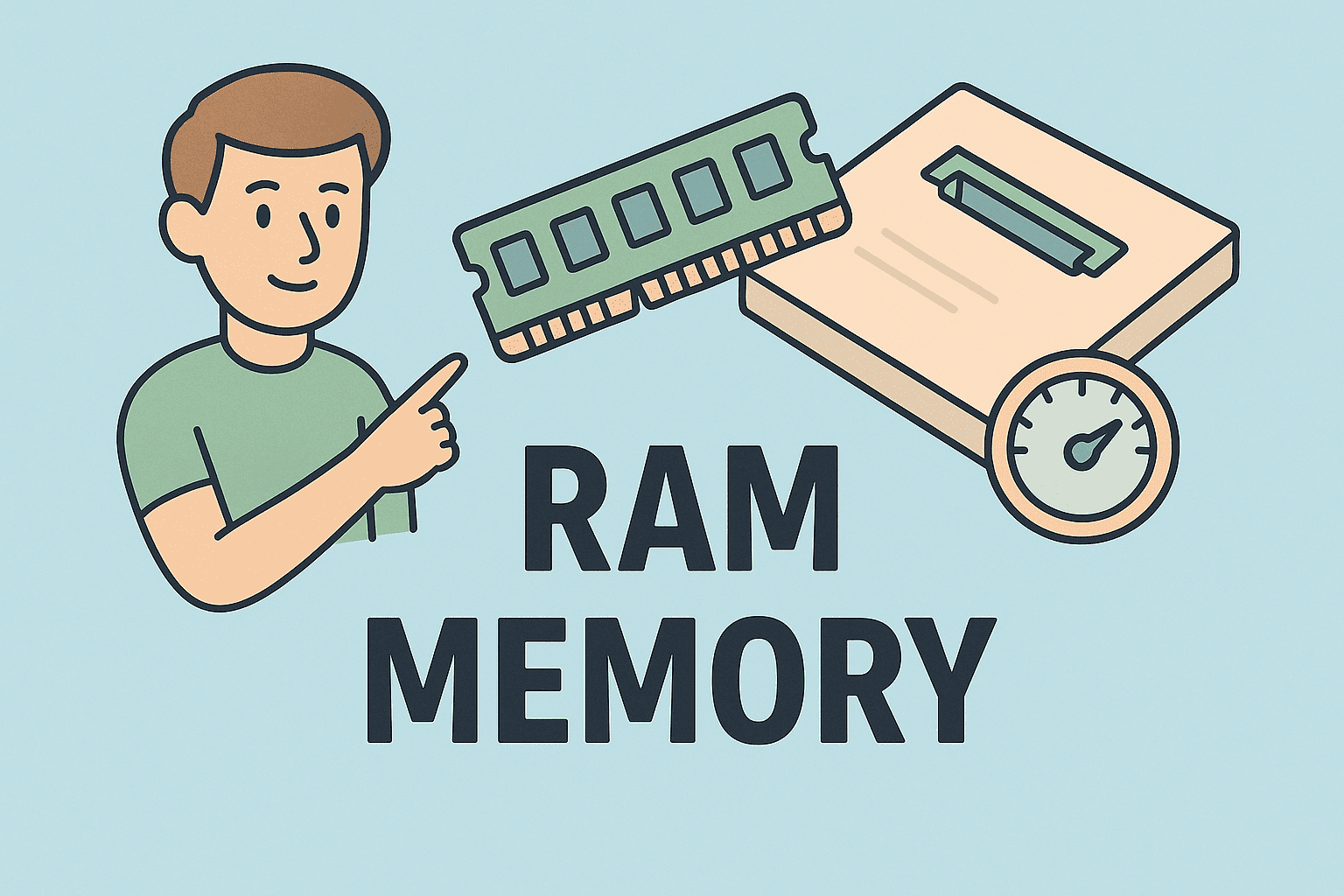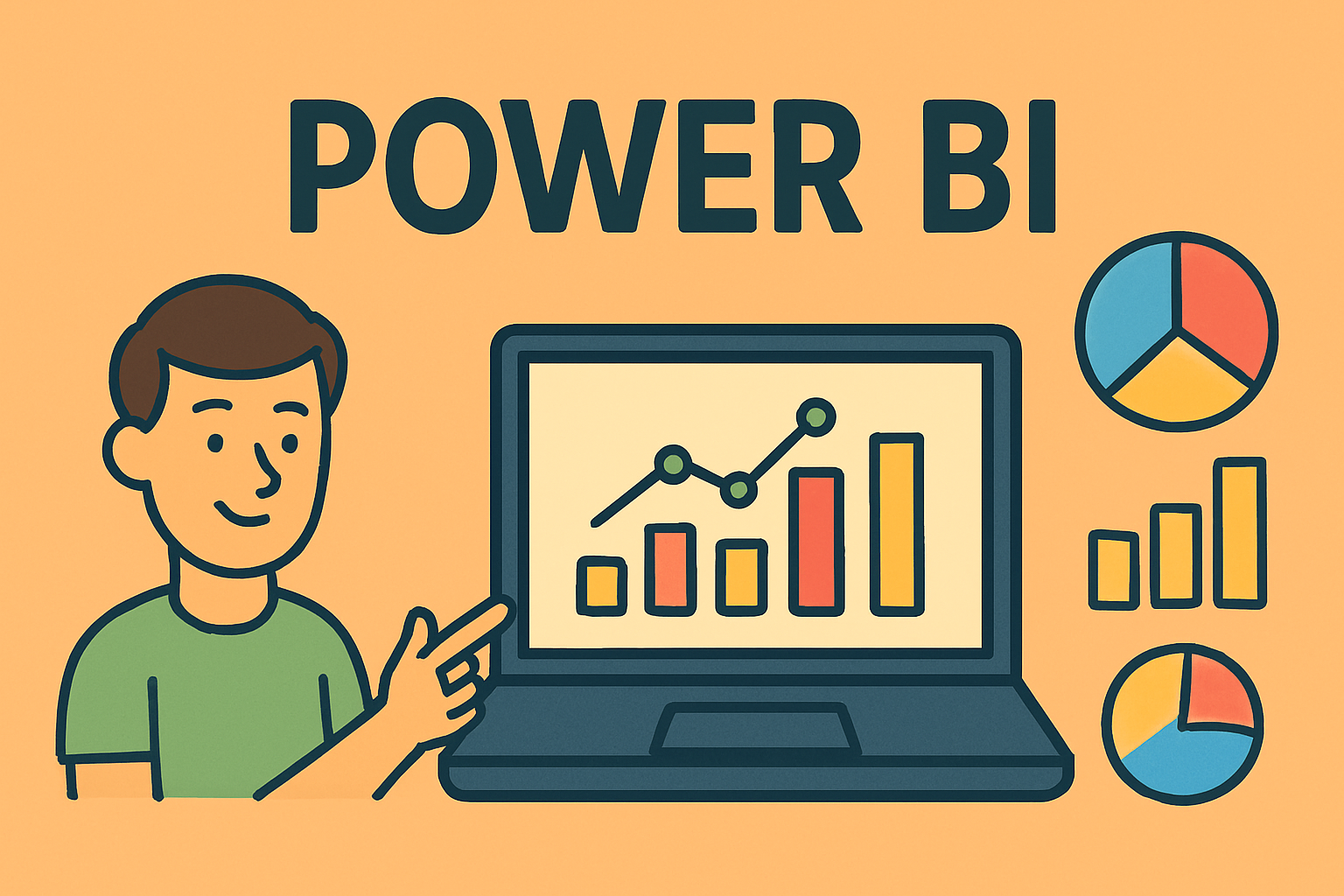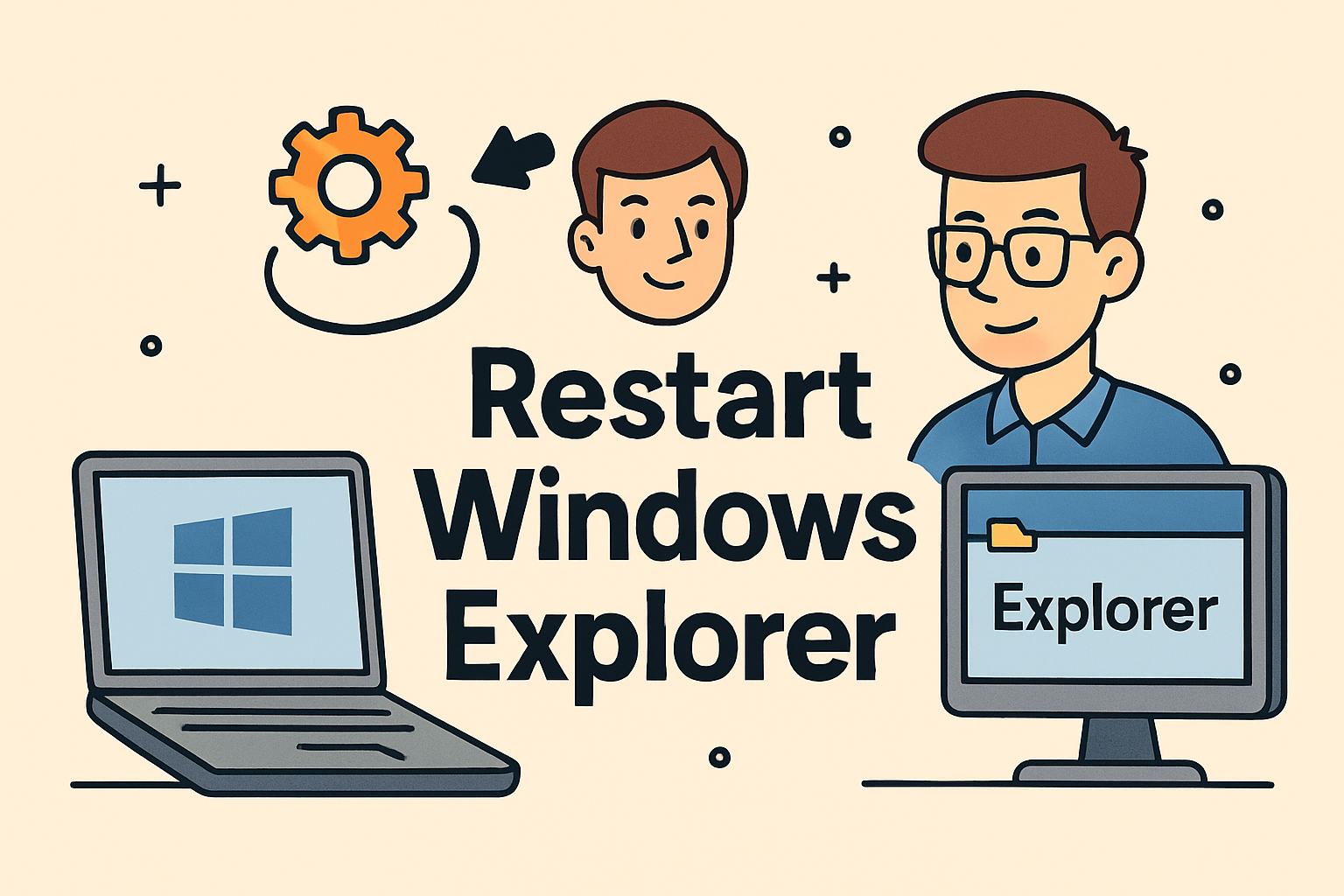Is Your Network Built for the Cloud-First Era
Updated on July 1, 2025, by ITarian
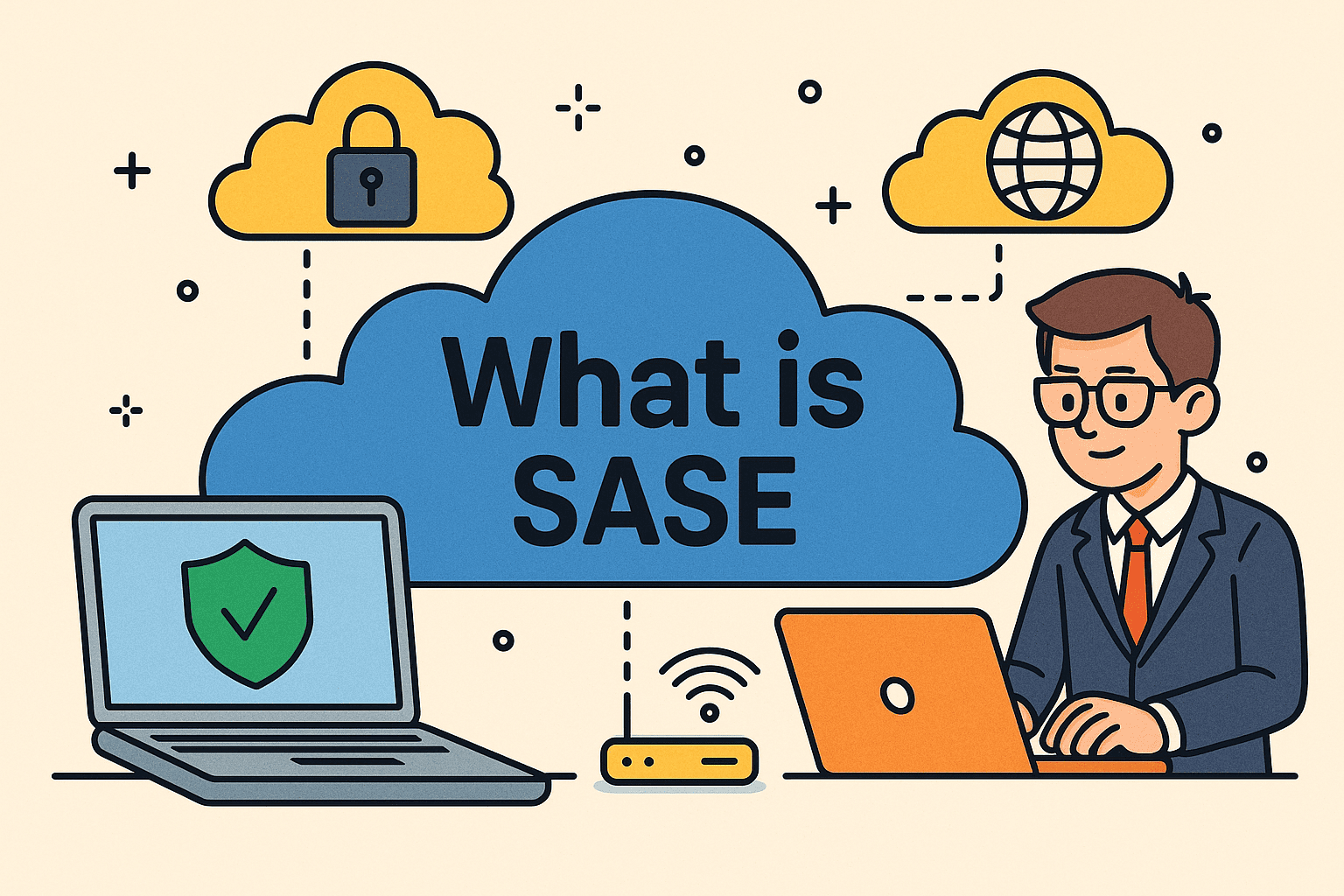
Traditional networks were built for centralized offices. But in today’s hybrid work environment, users are everywhere—working from homes, co-working spaces, coffee shops, and across borders.
So how do you secure a network without borders?
That’s where SASE (Secure Access Service Edge) comes in. If you’re wondering what is SASE, you’re not alone. SASE is a revolutionary cloud-based framework that combines network and security functions into a single, unified service model. It’s purpose-built for modern organizations that need secure, scalable, and low-latency connectivity across users and devices.
What Is SASE?
SASE, short for Secure Access Service Edge, is a cloud-native architecture that merges wide area networking (WAN) capabilities with comprehensive security functions—all delivered from the cloud.
In simpler terms, SASE allows users to securely connect to any application or resource from anywhere, without relying on traditional VPNs or on-premise firewalls.
It eliminates the need for backhauling traffic through data centers by bringing security closer to the user’s location—at the “edge.”
The Core Components of SASE
Understanding SASE means breaking down its five core pillars:
1. SD-WAN (Software-Defined WAN)
- Directs traffic efficiently across multiple paths (internet, MPLS, LTE)
- Enhances application performance with dynamic routing
2. Secure Web Gateway (SWG)
- Filters out malicious internet traffic
- Blocks access to dangerous or non-compliant websites
3. Cloud Access Security Broker (CASB)
- Monitors cloud application usage
- Prevents data loss and enforces policies on SaaS platforms
4. Zero Trust Network Access (ZTNA)
- Grants access based on identity, not location
- “Never trust, always verify” approach
5. Firewall as a Service (FWaaS)
- Offers centralized, cloud-based firewall protection
- Scales automatically with the user base
SASE Network Architecture: Why It’s Game-Changing
The traditional approach of securing a centralized perimeter doesn’t work in today’s decentralized world. SASE network architecture addresses this by flipping the model: it delivers networking and security through the cloud—as close to the user as possible.
Key Features:
- Cloud-native: Built on scalable, resilient cloud infrastructure
- Identity-driven: Every connection is validated
- Global reach: Security and connectivity from any location
- Consistent policy enforcement: Uniform rules across all users and endpoints
Real-World Example:
A remote employee logging into a CRM from a café gets the same security policies and performance as someone in headquarters. That’s SASE in action.
Benefits of SASE for Modern Businesses
Adopting a SASE model offers powerful benefits for businesses of all sizes.
✅ Security Benefits:
- Continuous risk assessment and threat prevention
- Protection for users, devices, apps—anywhere
- Zero Trust enforcement by default
✅ Networking Benefits:
- Reduced latency by avoiding backhauling
- Seamless access to SaaS and cloud apps
- Better user experience across locations
✅ Business Benefits:
- Lower total cost of ownership (TCO)
- Simplified IT operations and maintenance
- Faster onboarding for remote teams and branch offices
SASE vs VPN: Which One Should You Use?
Many organizations still use VPNs to connect remote workers. However, SASE is rapidly replacing VPNs due to its superior scalability, security, and performance.
| Feature | VPN | SASE |
| Deployment | On-premises | Cloud-native |
| Security Scope | Limited (primarily access) | Full-stack security |
| Performance | Bottlenecks from backhauling | Optimized via local edges |
| Scalability | Manual and costly | Elastic, on-demand |
| Visibility | Minimal insights | Full analytics and control |
Verdict: Use VPNs for legacy access, but upgrade to SASE for future-ready, remote-first environments.
Is SASE Right for Your Business?
SASE is ideal for:
- Hybrid or remote workforces
- Organizations using multiple cloud apps (SaaS, IaaS)
- Businesses with multiple branches or global locations
- Companies prioritizing zero trust and data privacy
- IT teams seeking simplified, unified architecture
Getting Started with SASE
Implementing SASE doesn’t have to be overwhelming. Follow these steps:
- Assess your current network and security architecture
- Identify key business drivers (remote access, compliance, performance)
- Choose a SASE vendor that offers flexible, modular services
- Pilot with a segment of users or branches
- Expand and monitor using centralized dashboards and policies
FAQ: Common Questions About SASE
1. What does SASE stand for?
SASE stands for Secure Access Service Edge, a cloud-delivered model that combines network and security as a unified service.
2. How is SASE different from traditional firewalls?
Traditional firewalls are centralized and on-prem. SASE is distributed and cloud-native, bringing security closer to the user.
3. Can SASE replace VPNs?
Yes. SASE vs VPN shows that SASE is more scalable, secure, and performance-driven—making it a modern replacement for VPNs.
4. Is SASE only for large enterprises?
No. Many SASE solutions are modular, making them accessible to small and mid-sized businesses too.
5. What are the key technologies in a SASE platform?
SASE includes SD-WAN, ZTNA, SWG, CASB, and FWaaS—all managed from a single control point.
Final Thoughts: Future-Proof Your Network with SASE
Understanding what is SASE isn’t just a trend—it’s about preparing your organization for the future of secure, agile connectivity. With cyber threats evolving and workforces becoming more distributed, traditional security models can’t keep up.
SASE offers a cloud-first, identity-centric approach that aligns with the way modern businesses operate.
Ready to upgrade your network and security stack?
👉 Sign up with Itarian today to explore cloud-native SASE solutions built for performance, visibility, and control.


